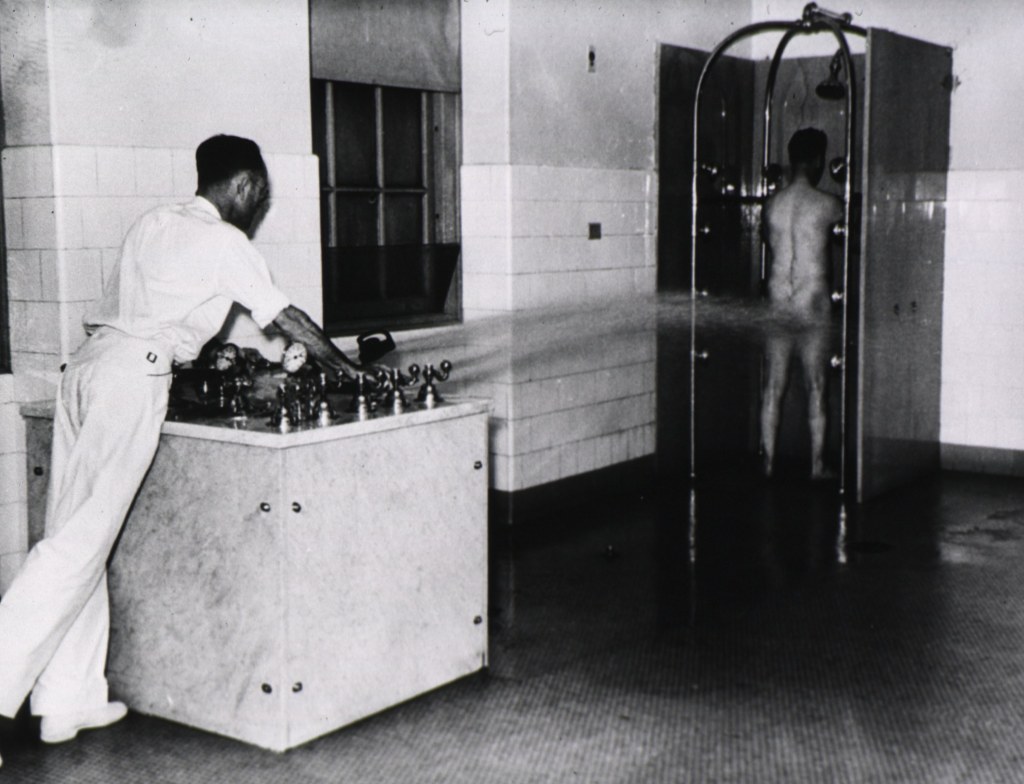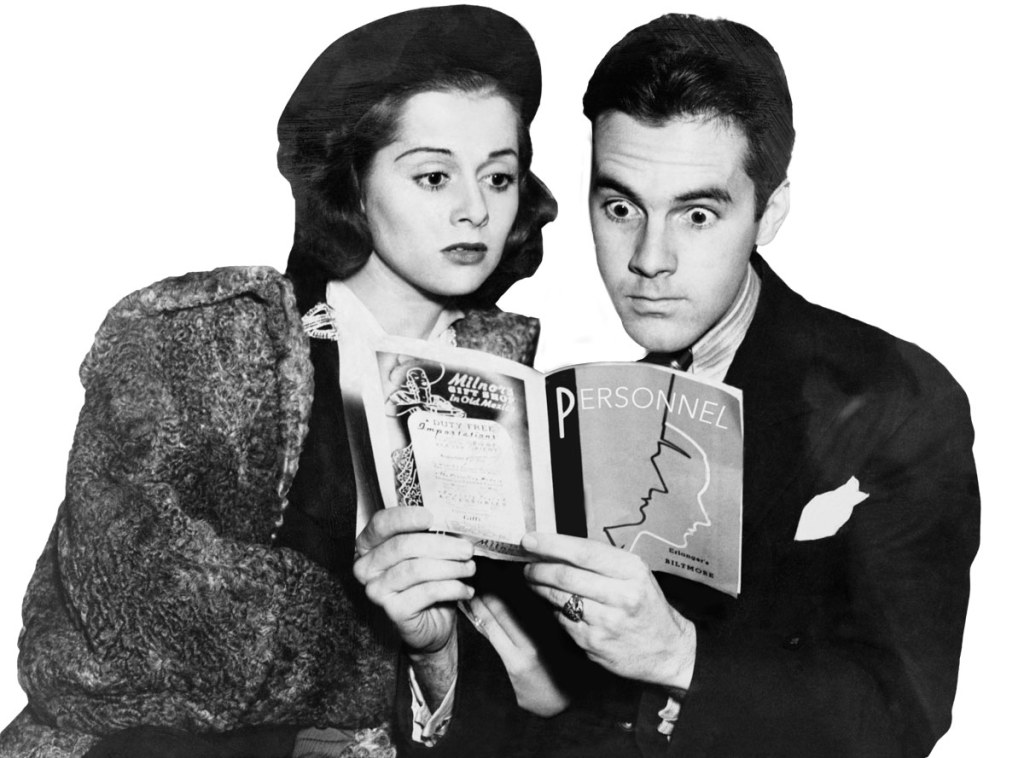Unlocking The Secrets: Unraveling The Journey Of Mental Health In The 1950s
Mental Health in the 1950s: A Closer Look at the Past
Introduction
Dear Readers,
3 Picture Gallery: Unlocking The Secrets: Unraveling The Journey Of Mental Health In The 1950s



Welcome to our article on mental health in the 1950s. In this piece, we will take you on a journey back in time to explore the state of mental healthcare during this era. The 1950s was a period of significant change and development in various aspects of society, and mental health was no exception. By understanding the context and practices of mental health in the 1950s, we can gain insights into how far we have come and the challenges we still face today.

Image Source: mentalhealthportland.org
Join us as we delve into the intricacies of mental health in the 1950s, examining the what, who, when, where, why, and how of this crucial topic. We will also explore the advantages and disadvantages of the mental health practices of that time and address some common questions that may arise. Our aim is to provide you with a comprehensive understanding of mental health in the 1950s and inspire you to take action towards promoting mental well-being.
The What of Mental Health in the 1950s
The 1950s marked a turning point in how society viewed and approached mental health. It was a time when mental illnesses were often stigmatized and misunderstood. The prevailing belief was that mental disorders were a result of personal weakness or moral failings. As a result, those suffering from mental illnesses faced significant societal discrimination and were often institutionalized for long periods.
Paragraph 1
During the 1950s, the understanding of mental health was limited, and treatments were rudimentary at best. Electroconvulsive therapy (ECT) and lobotomies were commonly used as treatment methods, despite their questionable efficacy and potential side effects.
Paragraph 2

Image Source: staticflickr.com
The field of psychiatry was still in its infancy during this period, and there was a lack of standardized diagnostic criteria for mental disorders. This led to inconsistencies in diagnosing and treating patients, further exacerbating the challenges faced by individuals seeking help for their mental health.
Paragraph 3
Psychiatric institutions, known as asylums, were the primary form of mental healthcare in the 1950s. These institutions provided shelter, but often lacked the necessary resources and personnel to provide adequate care for the patients. As a result, many patients were subjected to neglect and inhumane treatment.
Paragraph 4

Image Source: workforce.com
The prevailing societal attitudes towards mental health during the 1950s perpetuated the stigma surrounding mental illnesses. As a result, individuals were often reluctant to seek help, fearing the consequences of being labeled as mentally ill.
Paragraph 5
Despite the challenges and shortcomings of the mental health system in the 1950s, there were also advancements and individuals who championed for better care and understanding of mental health. These pioneers laid the groundwork for the progress that we have made in the field of mental health today.
Paragraph 6
It is essential to acknowledge the historical context and learn from the past to ensure that we continue to improve mental healthcare systems and advocate for the rights and well-being of individuals with mental illnesses.
The Who, When, Where, Why, and How of Mental Health in the 1950s
To gain a deeper understanding of mental health in the 1950s, let us explore the key aspects surrounding this topic.
Who Were Affected?
The impact of mental health in the 1950s was far-reaching, affecting individuals of all ages, genders, and backgrounds. Mental illnesses did not discriminate, and both the rich and the poor could find themselves grappling with these conditions.
When Did it Happen?
The 1950s were marked by significant societal changes, including advancements in technology, the post-war baby boom, and the rise of consumer culture. These shifts in society also influenced the understanding and treatment of mental health.
Where Did it Take Place?
Mental health practices in the 1950s varied across different countries and regions. However, the prevailing attitudes towards mental health were often similar, with societal stigmatization and inadequate treatment options being common themes.
Why Was it Important?
Mental health in the 1950s played a vital role in shaping the trajectory of mental healthcare in subsequent decades. The challenges faced during this period highlighted the need for reform and laid the groundwork for significant advancements in the field of mental health.
How Was it Addressed?
The approach to mental health in the 1950s primarily revolved around institutionalization and often relied on outdated and ineffective treatment methods. However, there were also individuals and organizations working towards improving the understanding and care provided to those with mental illnesses.
The Advantages and Disadvantages of Mental Health in the 1950s
While the mental health practices of the 1950s had their shortcomings, there were also some advantages and positive aspects. Let us explore the pros and cons of mental health in this era.
Advantages
1. Increased awareness: The 1950s marked a shift towards acknowledging the existence of mental health issues, albeit with limited understanding.
2. Development of psychiatric medications: The discovery and use of medications to treat mental illnesses, such as the introduction of antipsychotic medications, offered some relief for individuals suffering from severe conditions.
3. Advocacy for reform: The challenges faced during this period led to increased advocacy and efforts to improve mental healthcare systems.
Disadvantages
1. Stigmatization and discrimination: Mental illnesses were still highly stigmatized in the 1950s, leading to social exclusion and discrimination against those suffering from such conditions.
2. Inadequate treatment options: The treatments available at the time, such as ECT and lobotomies, often had severe side effects and limited success rates.
3. Lack of community support: The focus on institutionalization meant that individuals with mental illnesses had limited opportunities for community integration and support.
FAQs about Mental Health in the 1950s
1. Were all mental health treatments in the 1950s ineffective?
No, while some treatments, such as lobotomies, were ineffective and had severe side effects, advancements in psychiatric medications offered some relief for individuals with mental illnesses.
2. How did societal attitudes towards mental health evolve in the 1950s?
Societal attitudes shifted towards increased awareness and recognition of mental health issues. However, stigma and discrimination still persisted.
3. Did mental health reform efforts begin in the 1950s?
While there were individuals and organizations advocating for mental health reform in the 1950s, significant reform efforts gained momentum in the subsequent decades.
4. Were mental health treatments in the 1950s accessible to all?
Mental health treatments in the 1950s were often limited to institutionalized settings, making them less accessible to individuals outside of such facilities.
5. How has mental health care improved since the 1950s?
Since the 1950s, there have been significant advancements in the understanding, diagnosis, and treatment of mental health conditions. The focus has shifted towards community-based care and holistic approaches to mental well-being.
Conclusion
In conclusion, mental health in the 1950s was characterized by limited understanding, stigmatization, and inadequate treatment options. However, this era also laid the foundation for important reforms and advancements in the field. By learning from the past, we can strive for a better future, where mental health is destigmatized, accessible to all, and prioritized in society.
We encourage you to take action by supporting organizations working towards improving mental health care, promoting mental well-being in your communities, and advocating for the rights of individuals with mental illnesses. Together, we can create a world where mental health is valued, understood, and prioritized.
Final Remarks
Dear Readers,
As we conclude our exploration of mental health in the 1950s, it is essential to remember that this article serves as a historical reflection and does not capture the full complexity of this topic. Mental health is a vast and evolving field, and it is crucial to consult trusted sources and professionals for up-to-date information and guidance.
If you or someone you know is struggling with mental health issues, we encourage you to seek help from qualified healthcare professionals or helplines in your area. Remember, you are not alone, and support is available.
Thank you for joining us on this journey through time. Together, let us continue to strive for better mental health care for all.
This post topic: Holistic Living



